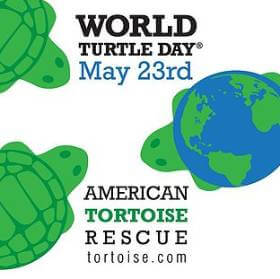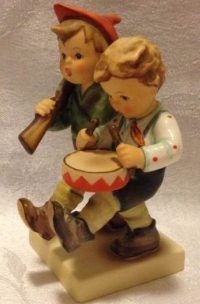May 26 is Sally Ride Day

Ride monitors control panels from pilot’s chair on the flight deck.
Today is Sally Ride Day. It celebrates the achievements of the astronaut, astrophysicist, engineer, philanthropist and author best known as the first American woman to travel to space. Today’s date honors her birthday on May 26, 1951.
Women weren’t considered for America’s space program until 1978. Ride was selected from the first group to apply after NASA announced it had changed its policy. Her training included learning to parachute jump, fly a jet plane, survive a water landing and handle extreme G-forces and weightlessness.
She was picked as a member of the space shuttle Challenger’s STS-7 crew, scheduled for liftoff on June 18, 1983. Commander Robert Crippen chose her in part because the mission required the use of a robotic arm that Ride had helped to develop.
At pre-flight news conferences, she was asked if spaceflight would affect her reproductive organs, if she planned to have children, how she would handle menstruation in space, if she would wear a bra, and apply makeup. Asked if she cried on the job when under stress, Ride laughed and said, “Why don’t people ask (pilot) Rick (Hauck) these questions?”
Diane Sawyer of CBS News asked Ride to demonstrate how she would utilize the shuttle toilet’s new privacy curtain. On The Tonight Show, Johnny Carson joked that the flight would be delayed while she found a purse to match her shoes. At one NASA news conference, Ride said, “It’s too bad this is such a big deal. It’s too bad our society isn’t further along.”
On launch day, she focused on the task ahead. In an interview on the 25th anniversary of the flight, Ride recalled, “I didn’t really think about it that much at the time, but I came to appreciate what an honor it was to be selected to be the first (American woman) to go into space.”
After its successful mission to deploy two communications satellites, Challenger landed at Edwards Air Force Base, CA, on June 24, 1983. At the time, Ride told reporters, “The thing that I’ll remember most about the flight is that it was fun. In fact, I’m sure it was the most fun I’ll ever have in my life.”
She returned to space on October 5, 1984. (Kathy Sullivan, a fellow member of the STS-41G crew, became the first American woman to walk in space.) Ride’s third flight was canceled after the Challenger exploded shortly after takeoff on January 28, 1986. She served on the Presidential Commission that investigated the accident and returned in 2003 after the loss of the STS-107 crew to serve on NASA’s Columbia Accident Investigation Board.
Ride left NASA in 1987 to become a science fellow at the Center for International Security and Arms Control at Stanford University. Two years later, she became a physics professor and director of the University of California’s California Space Institute.
In 2001, she founded Sally Ride Science, which provides programs, materials, and teacher training to schools in order to motivate students, especially girls and minorities, to study STEM (science, technology, engineering, and math). She wrote six science books for children. Intensely private about her personal life, she requested that NASA keep her health issues out of the press. She died of pancreatic cancer on July 23, 2012, at the age of 61.
“As the first American woman to travel into space, Sally was a national hero and a powerful role model,” President Barack Obama said in a statement released shortly after her death. “She inspired generations of young girls to reach for the stars and later fought tirelessly to help them get there by advocating for a greater focus on science and math in our schools.”
Ride was posthumously awarded the Presidential Medal of Freedom, the highest civilian award in the U.S., which was presented to her life partner Tam O’Shaughnessy at a ceremony at the White House on November 20, 2013.
“Sally’s life showed us that there are no limits to what we can achieve,” said Obama, “and I have no doubt that her legacy will endure for years to come.”
Sources:
American Woman Who Shattered Space Ceiling, New York Times
Sally Ride Remembered as an Inspiration to Others, NASA

 Today is World Turtle Day, a holiday created in 2000 by the non-profit organization
Today is World Turtle Day, a holiday created in 2000 by the non-profit organization  Today is World Goth Day, a holiday that celebrates the global influence of the Goth subculture on music, art, literature, and fashion.
Today is World Goth Day, a holiday that celebrates the global influence of the Goth subculture on music, art, literature, and fashion.
